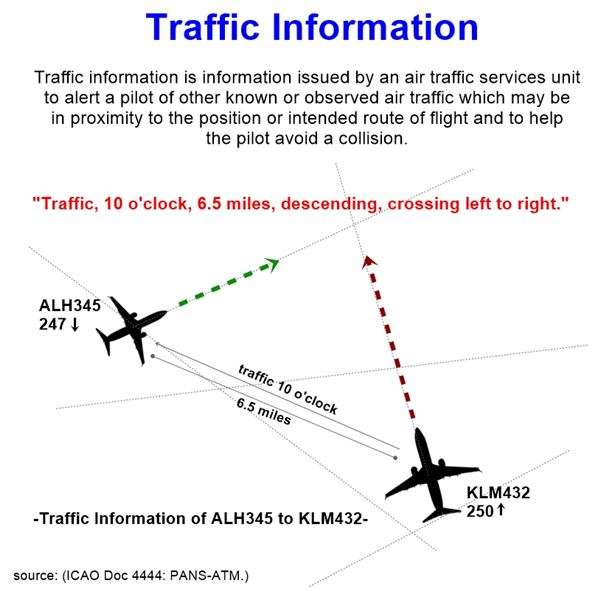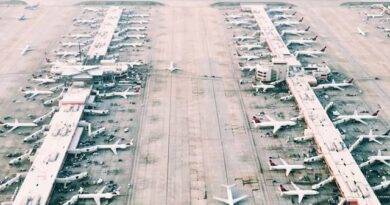Understanding Traffic Information: A Guide to Safe Aviation
Traffic information is essential in aviation, providing pilots with real-time data about nearby aircraft to prevent collisions and ensure safe navigation. Air traffic controllers (ATC) issue these updates, alerting pilots to other known or observed air traffic that may be in proximity to their position or intended route. This practice enhances situational awareness and aids in collision avoidance.
Role of Traffic Information in Air Traffic Control
In controlled airspace, ATC provides traffic information to both Instrument Flight Rules (IFR) and Visual Flight Rules (VFR) flights. For instance, in Class C airspace, VFR flights receive traffic information regarding other IFR and VFR flights. This communication ensures that all aircraft are aware of each other’s positions, reducing the risk of mid-air collisions.
Standard Phraseology for TI
The International Civil Aviation Organization (ICAO) has established standard phraseology for issuing traffic information:
- To pass traffic information: “TRAFFIC (information);”
- To acknowledge traffic information: “LOOKING OUT;”
- If traffic is in sight: “TRAFFIC IN SIGHT;”
- If unable to locate traffic: “NEGATIVE CONTACT (reasons);”
These standardized phrases facilitate clear and concise communication between pilots and ATC, minimizing misunderstandings.

Technological Enhancements in Traffic Information
Advancements in technology have significantly improved how traffic information is shared and utilized in aviation. Systems like the Traffic Alert and Collision Avoidance System II (TCAS II) provide pilots with real-time alerts on nearby aircraft, enhancing situational awareness and safety. Since December 30, 1993, TCAS II has been mandated by the Federal Aviation Administration (FAA) for all air carrier aircraft with more than 30 seats operating in U.S. airspace. This system has proven critical in preventing mid-air collisions by automating alerts and ensuring safe distances between aircraft.
Importance of Traffic Information for Pilots
Receiving accurate and timely traffic information allows pilots to make informed decisions during flight. It enhances situational awareness, enabling pilots to anticipate potential conflicts and take appropriate action to maintain safe separation from other aircraft.
In summary, traffic information is a vital component of aviation safety. Through effective communication and technological support, it helps prevent collisions and ensures the smooth operation of air traffic.
References
ICAO, FAA, Skybrary


